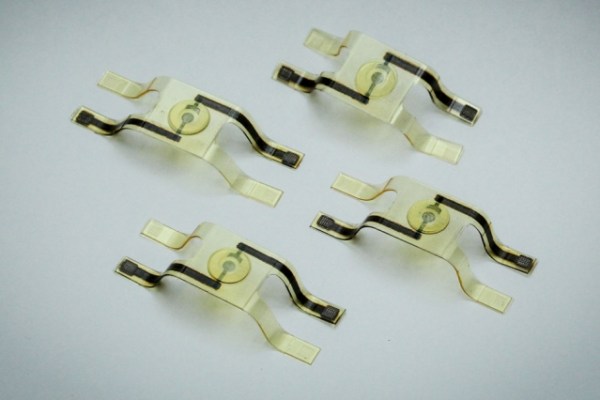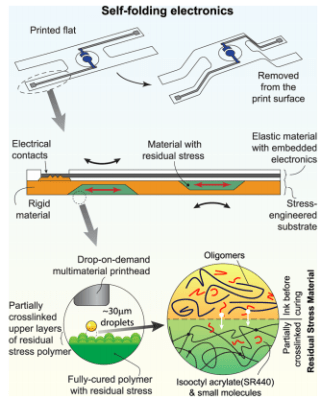We just wrapped up the Musical Instrument Challenge in the Hackaday Prize, and for most projects that meant replicating sounds made by humans, or otherwise making musicians for humans. There’s more to music than just what can be made in a DAW, though; the world is surrounded by a soundscape, and you only need to take a walk in the country to hear it.
For her Hackaday Prize entry, [Kelly] is hacking nature’s musicians. She’s replicating the sounds of the rural countryside in transistors and PCBs. It’s an astonishing work of analog electronics, and it sounds awesome, too.
The most impressive board [Kelly] has been working on is the Mother Nature Board, a sort of natural electronic chorus of different animal circuits. It’s all completely random, based on a Really, Really Random Number Generator, and uses a collection of transistors and 555 timers to create pulses sent to a piezo. This circuit is very much sensitive to noise, and while building it [Kelly] found that not all of her 2N3904 transistors were the same; some of them worked for the noise generator, some didn’t. This is a tricky circuit to design, but the results are delightful.
So, can analog electronics sound like a forest full of crickets? Surprisingly, yes. This demonstration shows what’s possible with a few breadboards full of transistors, caps, resistors, and LEDs. It’s an electronic sculpture of the sounds inspired by the nocturnal soundscape of rural Virginia. You’ve got crickets, cicadas, katydids, frogs, birds, and all the other non-human musicians in the world. Beautiful.






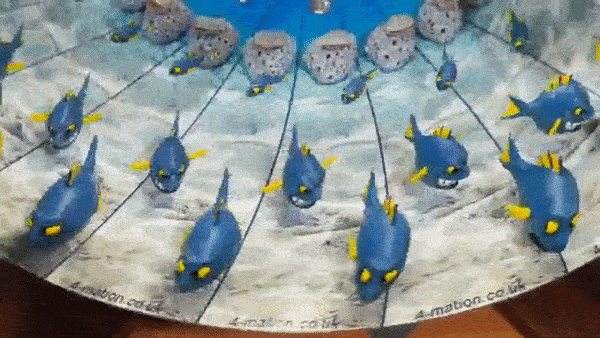
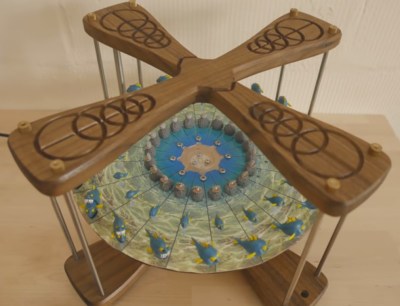

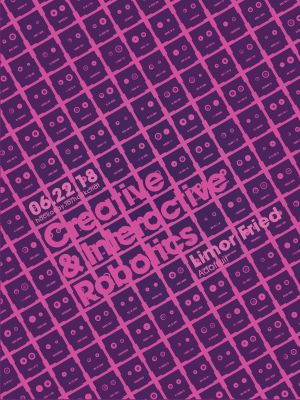 Our guest for this week’s Hack Chat will be Limor “Ladyada” Fried, the founder of Adafruit, and someone who needs no introduction but we’re going to do it anyway. Adafruit began as a weird side project selling exact reproductions of the Roland TB-303, building cell phone jammers, and making guides to build your own USB power bank before USB power banks were a thing. This has grown into Adafruit, a company with over 100 employees in the heart of New York City, one of the best places for learning and making electronics, and a place that does everything Open Source with zero loans or VC money. By any objective measure, Adafruit has become the most successful business story to come out of the Maker Movement, however nebulously that can be defined.
Our guest for this week’s Hack Chat will be Limor “Ladyada” Fried, the founder of Adafruit, and someone who needs no introduction but we’re going to do it anyway. Adafruit began as a weird side project selling exact reproductions of the Roland TB-303, building cell phone jammers, and making guides to build your own USB power bank before USB power banks were a thing. This has grown into Adafruit, a company with over 100 employees in the heart of New York City, one of the best places for learning and making electronics, and a place that does everything Open Source with zero loans or VC money. By any objective measure, Adafruit has become the most successful business story to come out of the Maker Movement, however nebulously that can be defined.


